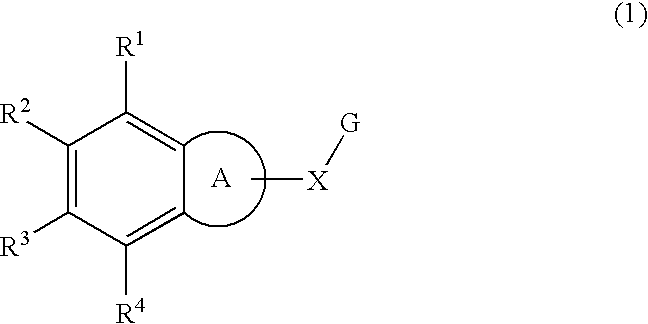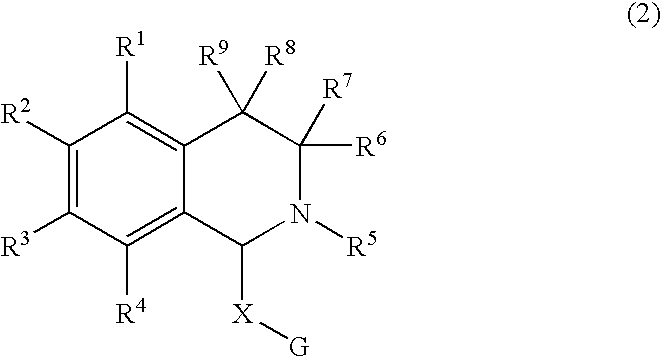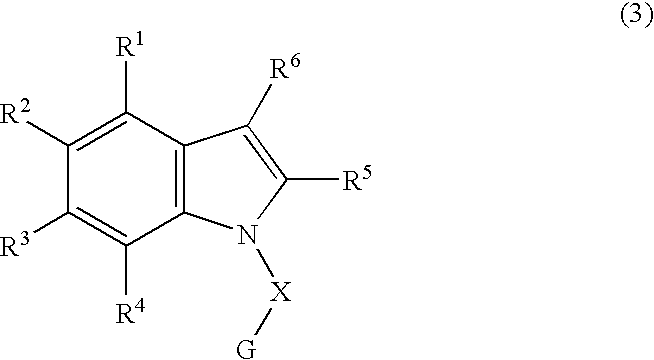Cell differntiation inhibiting agent, cell culture method using the same, culture medium, and cultured cell line
a cell differentiation and inhibiting agent technology, applied in the field of stem cell differentiation inhibiting agents, can solve the problems of complex preparation of mouse primary fibroblasts, insufficient donor numbers, and poor quality of primary fibroblasts
- Summary
- Abstract
- Description
- Claims
- Application Information
AI Technical Summary
Benefits of technology
Problems solved by technology
Method used
Image
Examples
examples as implementation
of the present invention will be presented below.
[0264] These examples are provided to help those skilled in the art for practice of the present invention. These examples do never restrict the scope of the present invention in any modes. In addition, modification is allowed in a range not going out of the scope of the present invention. The “room temperature” described in the following examples represents a range from 0 to 30° C. “%” means a percent by weight unless otherwise stated.
example 1
(1) Preparation of a Mouse ES Cell Culture Medium
[0265] With a purpose to proliferate the ES cell, the factor was added to Dulbecco's modified Eagle medium (hereafter DMEM) (Invitrogen Corp. made, 11995) with a final concentration shown below to prepare an ES cell culture medium. 15% bovine fetus serum (Invitrogen Corp. made) or 15% knockout serum replacement: KSR (Invitrogen Corp. made), 0.1 mM β-mercaptoethanol (Sigma Corp. made), 1×nonessential amino acid stock (Invitrogen Corp. made, 11140-050), 2 mM L-Glutamine (Invitrogen Corp. made, 25030-081), 103 unit / mL ESGRO(CHEMICON International Inc., made).
[0266] ESGRO contains a mouse LIF as the active ingredient. As the culture medium for ES cell differentiation inhibition assay, an assay medium was prepared by excluding ESGRO from the ES cell culture medium as described above.
(2) Culture of the Mouse ES Cell
[0267] 5 mL of a sterilized 0.1% gelatin (SIGMA Corp. made, Type A: from porcinESkin, G2500) aqueous solution was added i...
example 2
[0279] (1) ES cell Differentiation Inhibition Assay 2
[0280] For the D3ES cells prepared by the method described in (3) preparation of a mouse ES cell of Example 1, 8×104 cells were seeded in a 10 cm-diameter cell culture dish coated previously with a 0.1% aqueous gelatin solution to make 10 mL of the ES cell assay medium. 1 mL of the differentiation inhibiting agent A to F, which were dissolved in dimethylsulfoxide (DMSO) or culture medium or their mixture to make 40 μg / mL per each dish, or ESGRO, which was adjusted to make 104 unit / mL, was added, and culturing was carried out at 37° C. in 5% CO2 incubator for 7 days. To the culture medium was added DMSO to make the final concentration 0.1% or lower.
(2) Isolation of RNA 1
[0281] A total RNA was extracted from the ES cells cultured by the method described in (1) ES cell differentiation inhibition assay 2 as described above, by using ISOGEN (K.K. Nippon Gene, Japan made) by the attached method. First, the medium was removed from th...
PUM
| Property | Measurement | Unit |
|---|---|---|
| atomic number | aaaaa | aaaaa |
| concentration | aaaaa | aaaaa |
| concentration | aaaaa | aaaaa |
Abstract
Description
Claims
Application Information
 Login to View More
Login to View More - R&D
- Intellectual Property
- Life Sciences
- Materials
- Tech Scout
- Unparalleled Data Quality
- Higher Quality Content
- 60% Fewer Hallucinations
Browse by: Latest US Patents, China's latest patents, Technical Efficacy Thesaurus, Application Domain, Technology Topic, Popular Technical Reports.
© 2025 PatSnap. All rights reserved.Legal|Privacy policy|Modern Slavery Act Transparency Statement|Sitemap|About US| Contact US: help@patsnap.com



